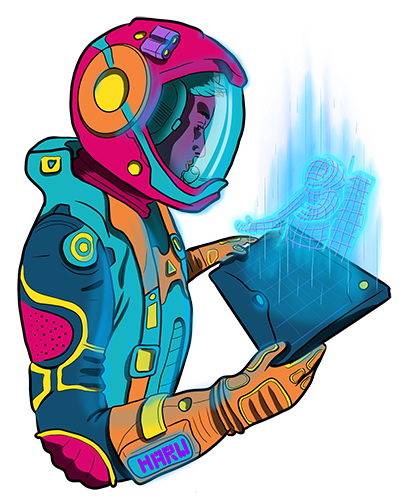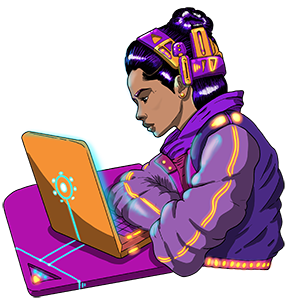A key element of any video game is audio. This is why localizing audio is so important when it’s time to introduce a video game to a new target market. The challenging aspect arises during the localization process into different languages, which can be a long and complex one if maintaining original quality is the goal. Having great talent and strong technology on your side isn’t enough to produce superior final audio deliverables—the logistics of executing the work are just as important. This is where a localization project management team can come to the rescue.
Let’s learn about the four stages of working with video game audio recordings to ensure a high-quality final audio.
Assets Analysis

First things first—project managers (PMs) conduct a thorough asset analysis, reviewing scripts and audio files upon receipt of every new batch. They also ensure clarity with the audio team on tech specs and equipment readiness, leveraging both the latest technology and cutting-edge equipment to produce the highest quality product.
During risk analysis, PMs identify potential friction points that might arise, such as talent availability and holidays. A comprehensive project plan is then drafted, organizing tasks and teams to meet deadlines. The project kick-off ends by assigning deadlines and tasks to the appropriate translation, audio, studio, and Localization Quality Assurance (LQA) teams.
Pre-Production
Now let’s take a look at what happens during the pre-production stage:

- Localization: While the linguistic team translates the script, another team focuses on other pre-production steps. Upon delivery of the translated scripts, the audio team proceeds with adaptation and recordings.
- Casting: A live casting session is necessary to find the right voices for the main characters, but any remaining voices are usually cast from a database. This helps ensure a careful selection akin to the original version (based on authenticity, age, gender, voice match, and performance). Ideally, you will work with a partner who will include you in the selection process to help ensure you’re satisfied with the final results.
- Talent booking: The studio team will consider each unique audio file and the related time constraints to estimate the recording length necessary per talent. Then, they book the determined recording window. When working with multilingual target languages, having an online tracking tool for audio recordings is imperative.
- Recording preparation: Audio engineers arrange recording sessions using the original client-provided reference files as a parameter of quality.
Production
The artistic phase of the process involves bringing the newly adapted product to life.
- Script adaptation: This is a crucial stage of the audio localization process due to recording limitations. The dubbing director may adjust translations based on constraints, original talent performance, expression, pauses, and talking speed for the adaptation to sync correctly. A final script adaptation is then prioritized before recordings to optimize creative performance during booking.
- Audio recordings: Voice talent listens to original audio in the booth, preparing their scene interpretation. Under guidance from the Dubbing Director, each line is then recorded.
Post-Production
Once we move on to the post-production stage, there are two main steps we need to take:

- Audio editing and mixing: The audio engineers refine files based on project requirements, cleaning abstract noises or breath sounds. They position each take with respect to timing constraints and perform leveling, mixing, and mastering for the ideal final product.
- Proof listening: LQA is the final stage, consisting of ensuring dubbed audio matches the script’s ID line, updating the script with final recording changes, and identifying any bugs for editing or re-recording. Translation errors not involving dubbing are corrected by the translation team and updates are forwarded to the client. Master translation memories (TMs) are updated accordingly. As-rec scripts (which contain final recorded translations for potential use as game subtitles) are shared with the translation team to update TMs for future consistency.
The Takeaway
When pursuing any kind of video game audio localization project, it’s key that you work with a highly trained and professional, multidisciplinary team focused on quality. Doing so will help your video game make a big splash in your new target market and will help you avoid having to go back and fix costly mistakes later on.



